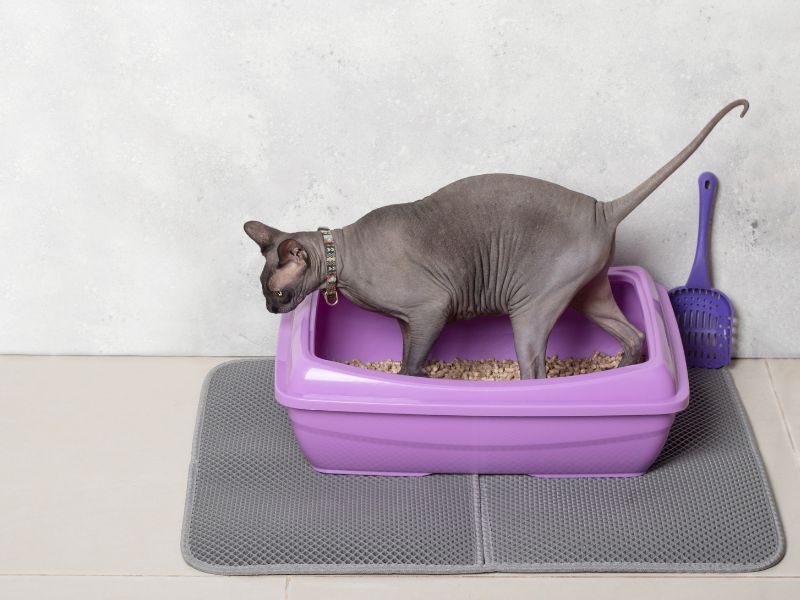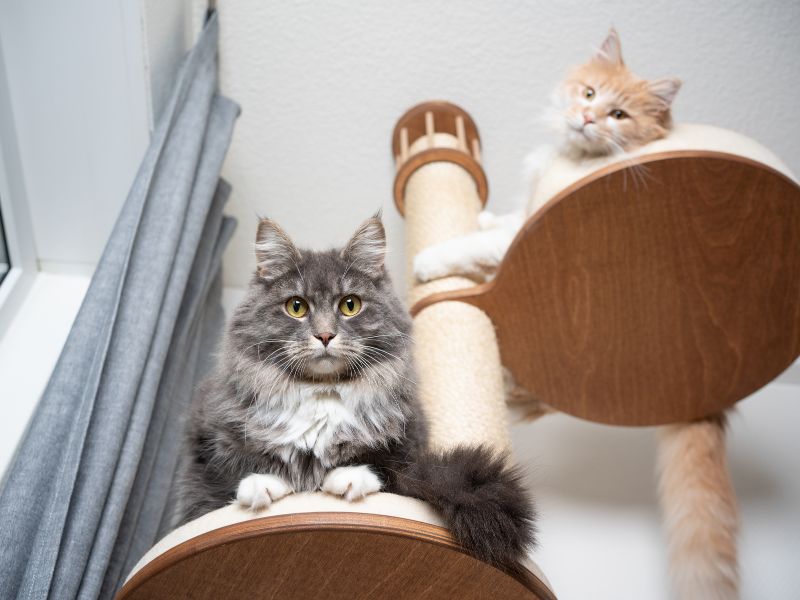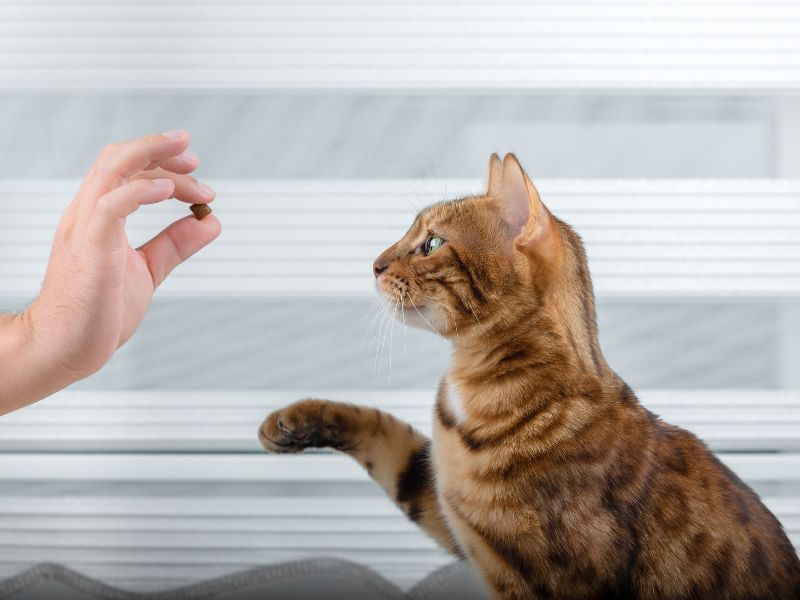As a cat owner, you want your feline friend to be happy, healthy, and well-behaved. However, cats, like any other animal, can exhibit behavior problems that can be frustrating and challenging to correct. In this article, I will provide you with some purrfect solutions on how to correct common cat behavior problems.
Understanding Your Cat’s Behavior
The first step in correcting your cat’s behavior problems is to understand the reasons behind their behavior. Cats are unique creatures that have their own personalities, and their behavior can be influenced by various factors such as breed, age, health, environment, and past experiences.
One of the most common reasons behind behavior problems in cats is stress. Cats are creatures of habit and can become stressed when there are changes in their environment such as moving to a new home, the introduction of a new pet, or changes in their daily routine. Stress can manifest in various ways such as aggression, excessive meowing, and litter box problems.
Another reason behind behavior problems in cats is boredom. Cats are natural hunters and need mental and physical stimulation to keep them engaged and happy. Without proper stimulation, cats can become bored and exhibit destructive behavior such as scratching furniture or excessive meowing.
Common Cat Behavior Problems
Now that we have a basic understanding of the reasons behind cat behavior problems, let’s look at some of the most common behavior problems that cat owners face and how to correct them.
Aggression in Cats
Aggression in cats can be a challenging behavior problem to correct. Cats can become aggressive towards other cats, humans, or even their owners. Aggression can be caused by various factors such as fear, territoriality, or lack of socialization.
To correct aggression in cats, it is essential to identify the cause of the aggression and address it. For example, if your cat is aggressive towards other cats, it may be a territorial issue. You can try giving your cats separate feeding areas and litter boxes to reduce competition.
It is also important to give your cat plenty of mental and physical stimulation to reduce boredom and frustration, which can lead to aggression. You can provide your cat with toys, scratching posts, and playtime to keep them engaged and happy.
Excessive Meowing and Attention-Seeking Behavior
Excessive meowing and attention-seeking behavior are common behavior problems in cats. Cats may meow excessively to get attention or because they are hungry, bored, or stressed.
To correct excessive meowing, it is important to identify the cause of the behavior. If your cat is meowing because they are hungry, try feeding them smaller meals throughout the day. If your cat is meowing because they are bored, try providing them with toys and playtime to keep them engaged.
It is also important to provide your cat with attention and affection regularly. Cats crave attention and may meow excessively if they feel ignored. Try spending time with your cat, petting them, and playing with them to reduce attention-seeking behavior.

Litter Box Problems and Solutions
Litter box problems are common behavior issues in cats. Cats may refuse to use the litter box, urinate outside the litter box, or defecate outside the litter box.
To correct litter box problems, it is important to identify the cause of the behavior. Litter box issues can be caused by various factors such as dirty litter boxes, a lack of litter boxes, or stress.
To address litter box problems, make sure you have enough litter boxes for your cats. The general rule is to have one litter box per cat plus one extra. Make sure the litter boxes are clean and in a quiet location.
If your cat is still refusing to use the litter box, try changing the type of litter or the litter box itself. Some cats prefer covered litter boxes while others prefer open ones.
Scratching and Destructive Behavior
Scratching and destructive behavior are common behavior problems in cats. Cats may scratch furniture, carpets, or even walls.
To correct scratching and destructive behavior, it is important to provide your cat with an appropriate place to scratch such as a scratching post. You can also try using deterrents such as double-sided tape or aluminum foil to discourage your cat from scratching furniture.
It is also important to provide your cat with plenty of mental and physical stimulation to reduce boredom and frustration, which can lead to destructive behavior. You can provide your cat with toys, playtime, and even a window perch to keep them engaged and happy.
Correcting Cat Behavior Problems with Positive Reinforcement
Positive reinforcement is an effective way to correct cat behavior problems. Positive reinforcement involves rewarding your cat for good behavior to encourage them to repeat that behavior.
When your cat exhibits good behavior, such as using the litter box or scratching the scratching post, reward them with treats or praise. This will encourage your cat to repeat that behavior.
It is important to remember that punishment is not an effective way to correct behavior problems in cats. Punishment can lead to fear and aggression and can worsen behavior problems.

See Also: The Most Popular Cat Breeds and Their Personality Traits
And: How to Create a Cat Friendly Garden
Training Your Cat to Behave Properly
Training your cat to behave properly is an important part of correcting behavior problems. Training your cat involves teaching them basic commands such as sit, stay, and come.
To train your cat, use positive reinforcement techniques. Reward your cat with treats or praise when they exhibit the desired behavior. Keep training sessions short and consistent to keep your cat engaged and interested.
When to Seek Professional Help for Your Cat’s Behavior
If your cat’s behavior problems persist despite your best efforts, it may be time to seek professional help. A veterinary behaviorist can evaluate your cat’s behavior and provide you with a customized plan to correct the behavior problems.
Conclusion
Correcting behavior problems in cats requires patience, consistency, and understanding of your cat’s behavior. By identifying the cause of the behavior problems and providing your cat with appropriate stimuli and positive reinforcement, you can help your cat become a well-behaved and happy feline friend.

